7 Best Herbal Tinctures For Ovulation Pain
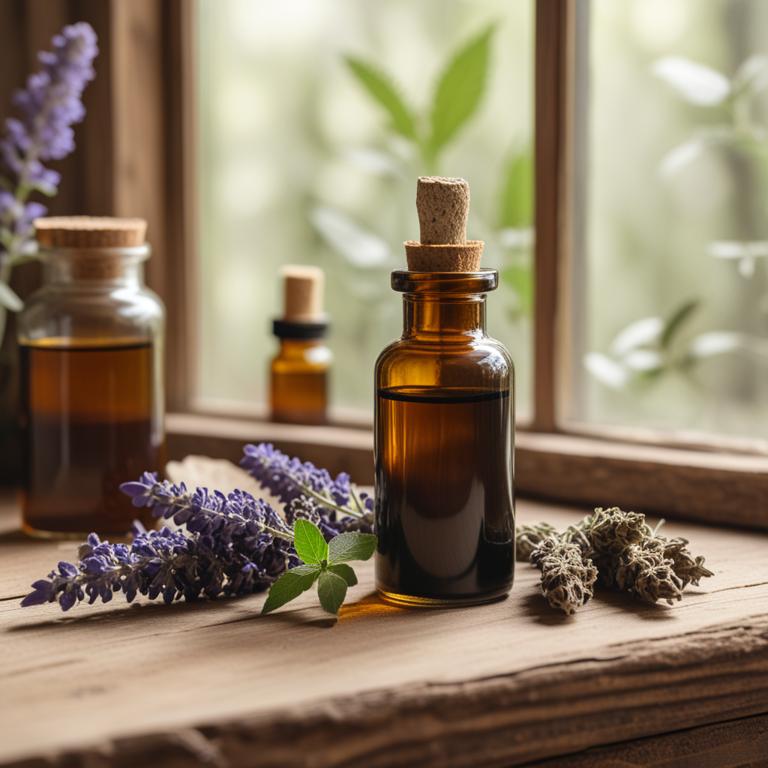
Herbal tinctures for ovulation pain are natural remedies extracted from plants, used to alleviate discomfort and cramping associated with ovulation.
These herbal tinctures have various benefits, including reducing inflammation, calming the nervous system, and regulating hormone imbalances, making them a popular choice for women seeking a holistic approach to managing ovulation pain.
Examples of herbal tinctures used to treat ovulation pain include cramp bark, which relaxes uterine muscles and reduces cramping, wild yam, which helps regulate hormones and alleviate discomfort, and ginger, which reduces inflammation and soothes the digestive system, as well as black cohosh, which relieves menstrual cramps and regulates estrogen levels, and blue cohosh, which eases uterine contractions and reduces menstrual cramping.
Additionally, other herbal tinctures such as maca root, chasteberry, and evening primrose oil may also be used to treat ovulation pain due to their hormone-regulating and anti-inflammatory properties.
According to "Complementary therapies in medicine", tinctures for ovulation pain may be derived from medicinal plants that have shown evidence of efficacy in relieving menstrual pain in at least one randomized controlled trial.
Below there's a list of the 7 best herbal tinctures for ovulation pain.
- 1. Dioscorea villosa tinctures
- 2. Glycyrrhiza glabra tinctures
- 3. Vitex agnus-castus tinctures
- 4. Hypericum perforatum tinctures
- 5. Angelica archangelica tinctures
- 6. Pueraria montana tinctures
- 7. Zingiber officinale tinctures
Also you may be interested in...
TODAY'S FREE BOUNDLE
Herb Drying Checklist + Herbal Tea Shopping List + Medicinal Herbs Flashcards
Enter you best email address below to receive this bundle (3 product valued $19.95) for FREE + exclusive access to The Aphotecary Letter.
$19.95 -> $0.00
1. Dioscorea villosa tinctures
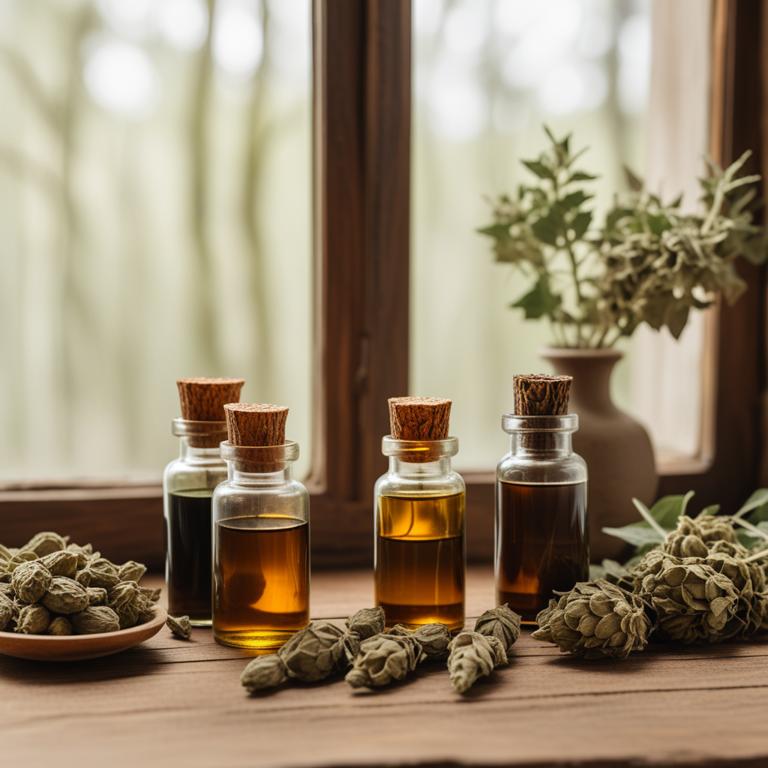
Dioscorea villosa tinctures are herbal preparations that have been traditionally used to treat ovulation pain, also known as mittelschmerz.
The antispasmodic and anti-inflammatory properties of Dioscorea villosa help to alleviate the cramping and discomfort associated with ovulation.
Bioactive constituents such as diosgenin and other saponins in Dioscorea villosa tinctures are believed to contribute to its therapeutic effects by relaxing the uterine muscles and reducing inflammation.
Regular use of Dioscorea villosa tinctures has been reported to provide relief from ovulation pain and promote a sense of well-being in women experiencing this condition.
2. Glycyrrhiza glabra tinctures

Glycyrrhiza glabra tinctures, derived from the licorice root, have been traditionally used to treat ovulation pain, also known as mittelschmerz.
The anti-inflammatory and antispasmodic properties of this herbal preparation help to alleviate pain and cramping associated with ovulation.
The bioactive constituents, including glycyrrhizin, flavonoids, and saponins, contribute to the analgesic and anti-inflammatory effects, providing relief from discomfort and pain.
By reducing inflammation and muscle spasms, Glycyrrhiza glabra tinctures offer a natural and effective way to manage ovulation pain, promoting overall reproductive health and well-being.
3. Vitex agnus-castus tinctures
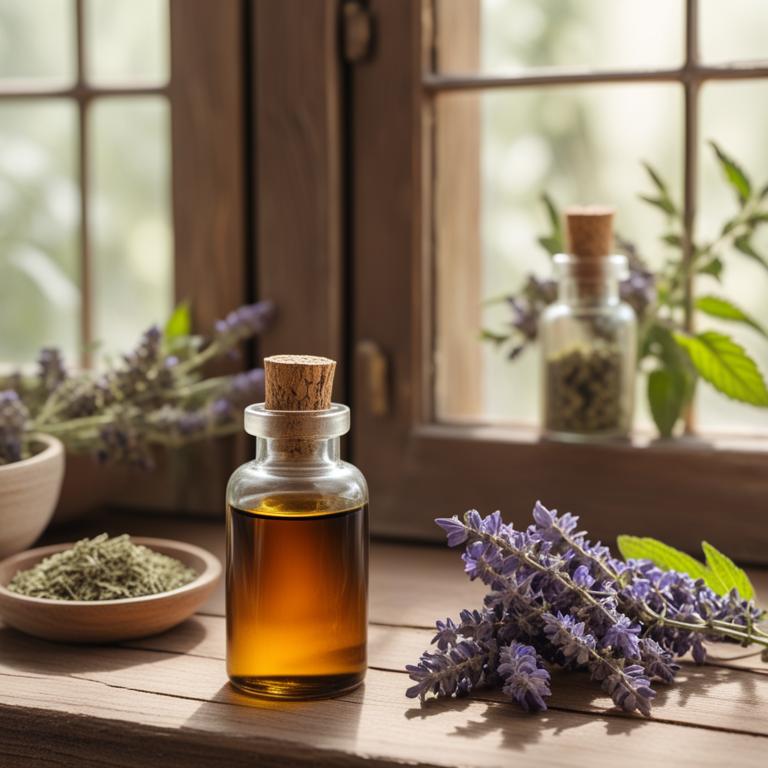
Vitex agnus-castus tinctures have been traditionally used to treat ovulation pain, a common symptom associated with ovulation.
The properties of this herbal preparation, including its anti-inflammatory and antispasmodic effects, help to alleviate the discomfort and pain experienced during ovulation.
The bioactive constituents, such as flavonoids and iridoids, in Vitex agnus-castus tinctures are believed to play a crucial role in regulating hormonal imbalances and reducing prostaglandin levels, which contribute to ovulation pain.
Regular use of Vitex agnus-castus tinctures has been reported to provide benefits, including reduced menstrual cramps, improved menstrual regularity, and overall relief from ovulation-related discomfort.
Related Study
According to "Ceska gynekologie", Vitex agnus-castus tinctures for ovulation pain significantly reduced the intensity of breast pain, with the VACS group showing quicker diminishment of pain compared to the placebo group.
4. Hypericum perforatum tinctures

Hypericum perforatum tinctures have been traditionally used to alleviate ovulation pain, also known as mittelschmerz, due to their anti-inflammatory and antispasmodic properties that help to reduce cramping and discomfort associated with ovulation.
The bioactive constituents, including flavonoids and naphthoquinones such as hyperforin and hypericin, contribute to their analgesic and anti-inflammatory effects, helping to soothe menstrual cramps and discomfort.
By reducing prostaglandin production and relaxing uterine muscles, Hypericum perforatum tinctures help to minimize ovulation pain, promoting a more comfortable and manageable menstrual experience.
The benefits of using Hypericum perforatum tinctures to treat ovulation pain include reduced discomfort, improved menstrual health, and a natural alternative to conventional pain relief medications.
Related Study
According to "Journal of pharmacopuncture", Hypericum perforatum tinctures for ovulation pain may provide relief due to its antioxidant compounds with anti-inflammatory and analgesic properties.
5. Angelica archangelica tinctures
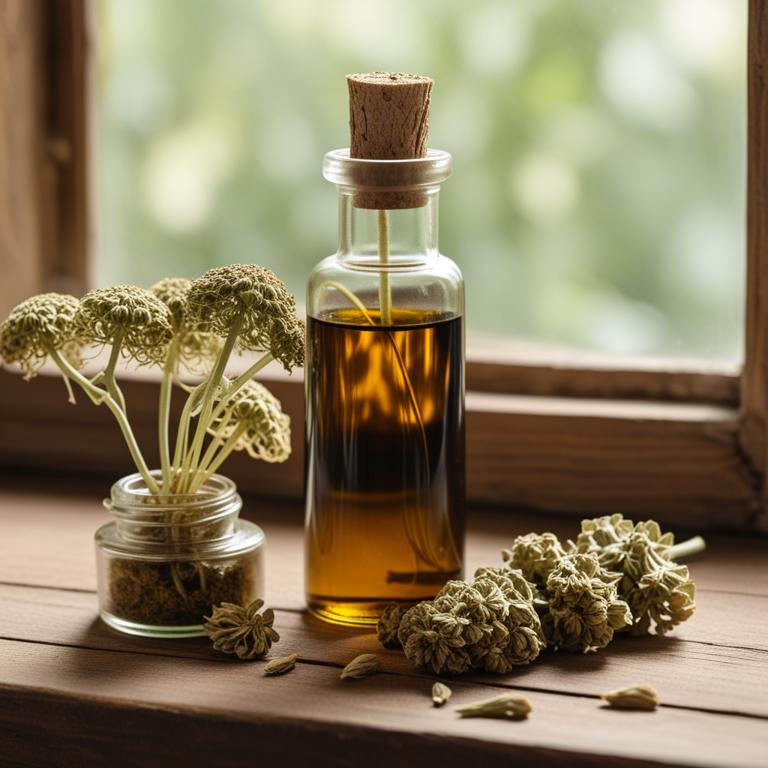
Angelica archangelica tinctures have been traditionally used to alleviate ovulation pain, also known as mittelschmerz, due to their analgesic, anti-inflammatory, and antispasmodic properties.
The bioactive constituents of Angelica archangelica, such as ferulic acid, sesquiterpenes, and phenolic compounds, help to reduce pain and discomfort by inhibiting the release of prostaglandins and other inflammatory mediators.
This herbal preparation helps to treat ovulation pain by relaxing the uterine muscles and reducing cramping, thereby providing relief from the sudden and severe pain experienced by some women during ovulation.
The benefits of using Angelica archangelica tinctures to treat ovulation pain include reduced pain intensity, improved overall well-being, and a natural approach to managing this common gynecological issue.
6. Pueraria montana tinctures
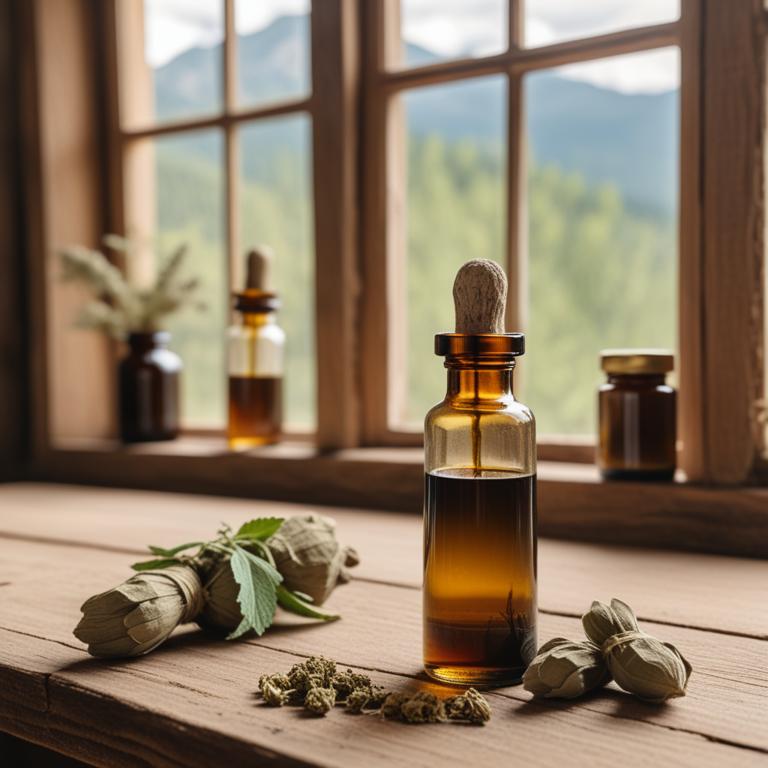
Pueraria montana tinctures have been traditionally used to treat ovulation pain, also known as mittelschmerz, due to its analgesic and anti-inflammatory properties.
The bioactive constituents of Pueraria montana, including isoflavones and saponins, help to reduce inflammation and alleviate pain associated with ovulation.
By reducing prostaglandins and other inflammatory mediators, Pueraria montana tinctures provide relief from ovulation pain, enabling women to manage their symptoms naturally.
Regular use of Pueraria montana tinctures offers numerous benefits, including reduced discomfort during ovulation, improved menstrual regularity, and overall well-being.
7. Zingiber officinale tinctures

Zingiber officinale tinctures have been traditionally used to treat ovulation pain, also known as mittelschmerz, due to their anti-inflammatory and analgesic properties.
The bioactive constituents of this herbal preparation, including gingerols and shogaols, help to reduce pain and inflammation by inhibiting the production of prostaglandins, which are known to contribute to ovulation pain.
By acting on the prostaglandin pathway, Zingiber officinale tinctures can provide relief from ovulation pain, making it a popular natural remedy among women experiencing this common gynecological issue.
Regular use of Zingiber officinale tinctures may also offer additional benefits, such as reduced menstrual cramp severity and improved overall reproductive health.